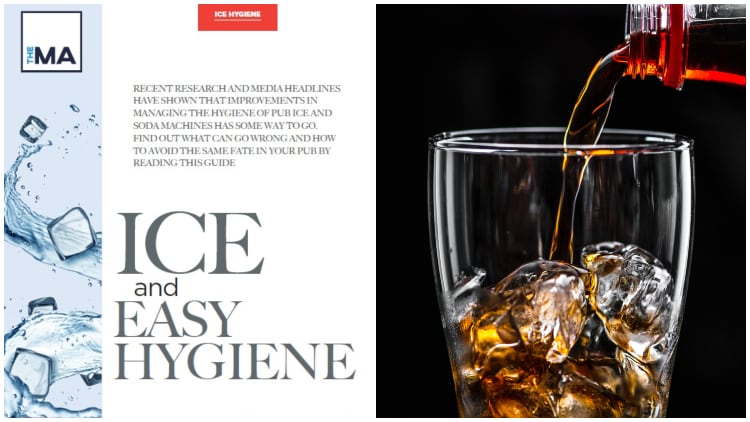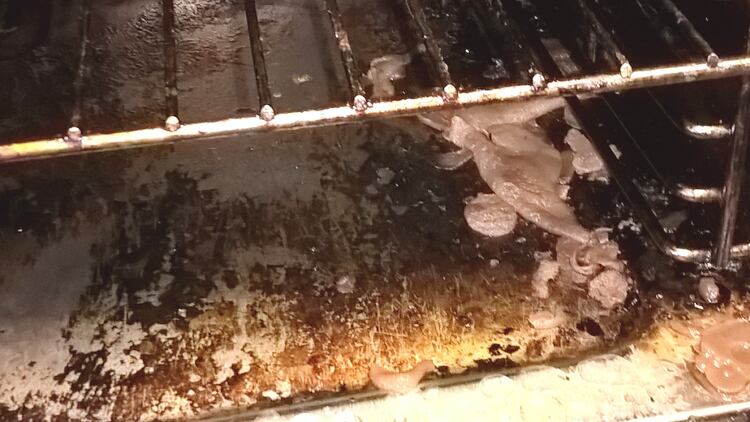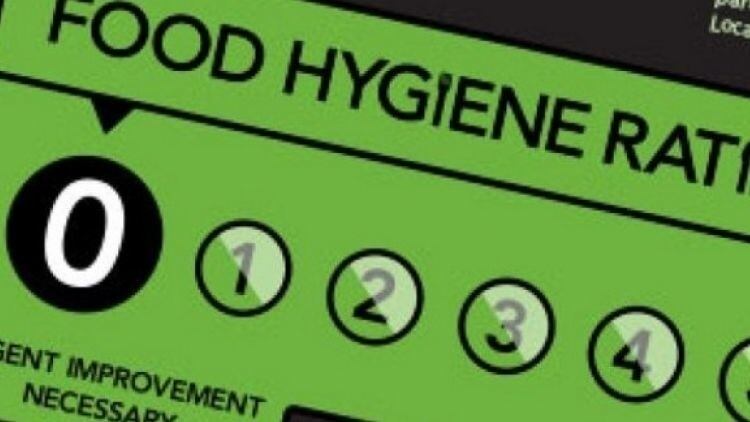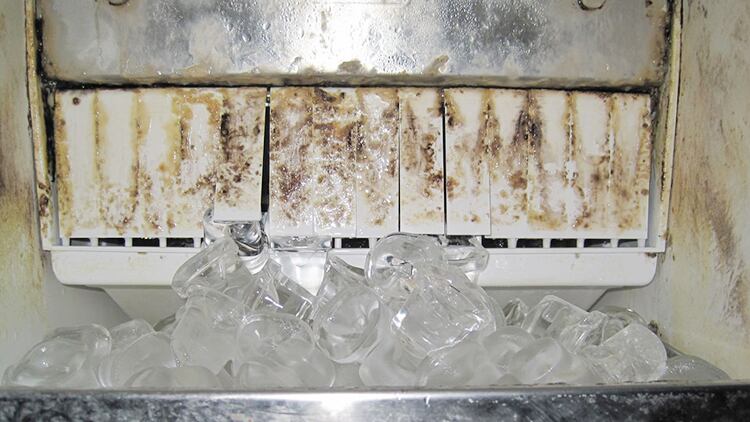In 2017, a study by Clemson University in South Carolina, set about unpicking the most notorious case of ice contamination in the western world.
The university’s team, investigating a 1987 case in which 5,000 people across four US states fell ill from an ice-borne Norwalk virus, found that pathogens and E. coli were far more resilient than first thought.
Closer to home, a BBC Watchdog ‘SwabMob’ investigation into branches of JD Wetherspoon, Stonegate’s Slug & Lettuce, Mitchells & Butlers’ Harvester, Greene King’s Hungry Horse and Marston’s Two for One in November revealed that the stateside study was just the tip of the iceberg.
Ice and soda tested in 23 of the 50 pubs visited – some 46% of the total sampled by the broadcaster’s undercover team – was found to have bacterial contamination of some kind, with four of those containing faecal bacteria.
Each of these cases, ultimately, put customers in harm’s way and yet could be easily avoided with good habits and practice at venues.
Yet, according to A470 Training’s director Rachel Jones, “this isn’t really news”. As far back as the 1980s ice machines and glass-washers were cited as being at higher risk of bacterial contamination.
The Morning Advertiser’s Ice and Easy Hygiene guide provides both an overview of the science and most recent research behind the spread of bacteria as well as expert advice on implementing easy-to-follow hygiene practice to keep customers safe.
Download your 10-page 'Ice and Easy Hygiene' report for £9.99 here.




